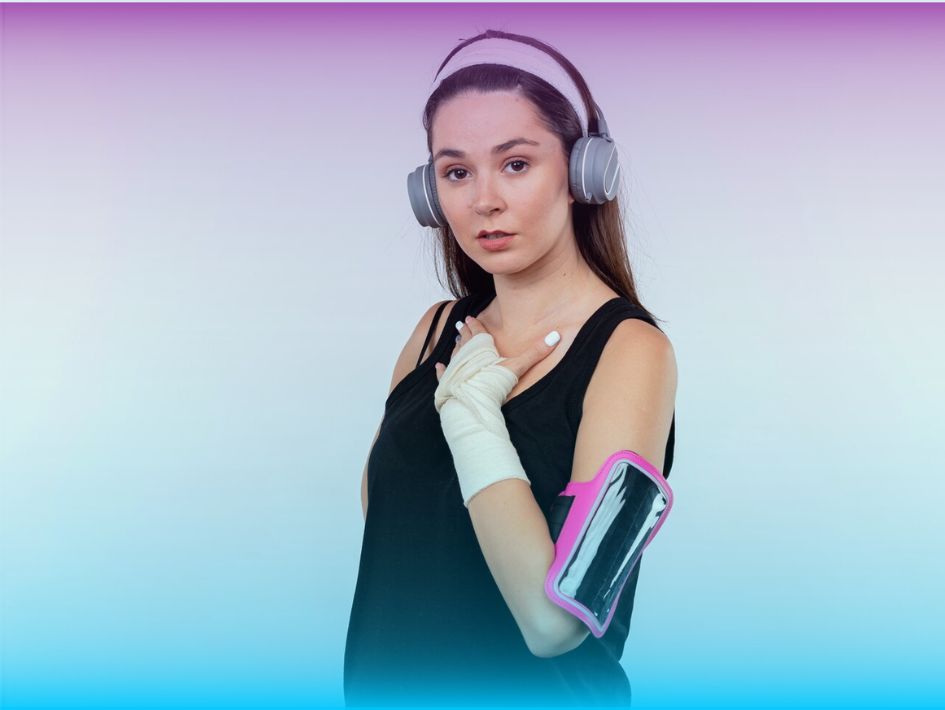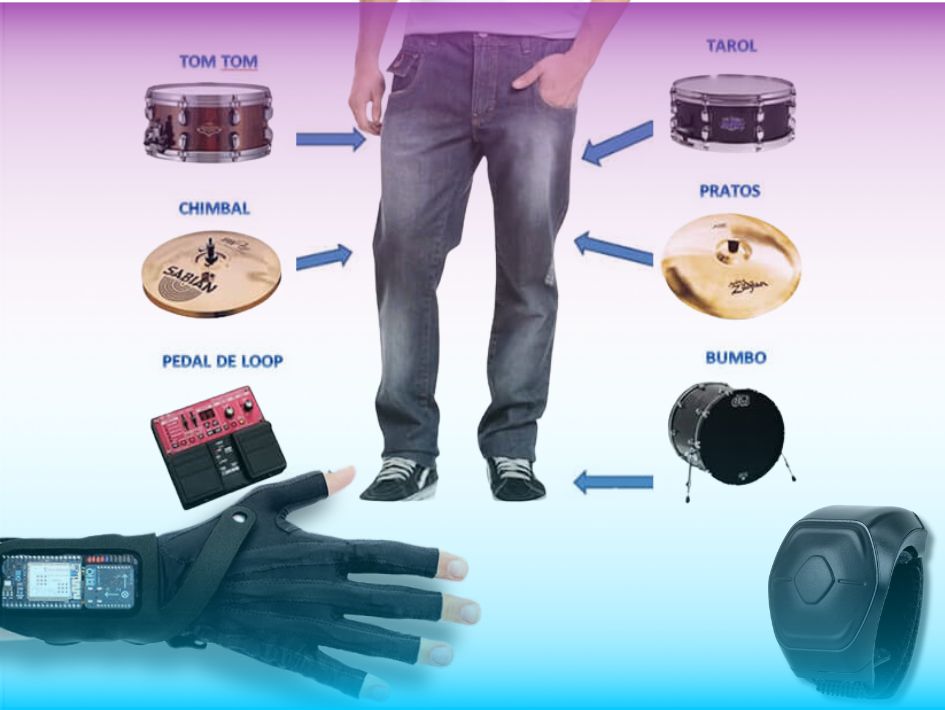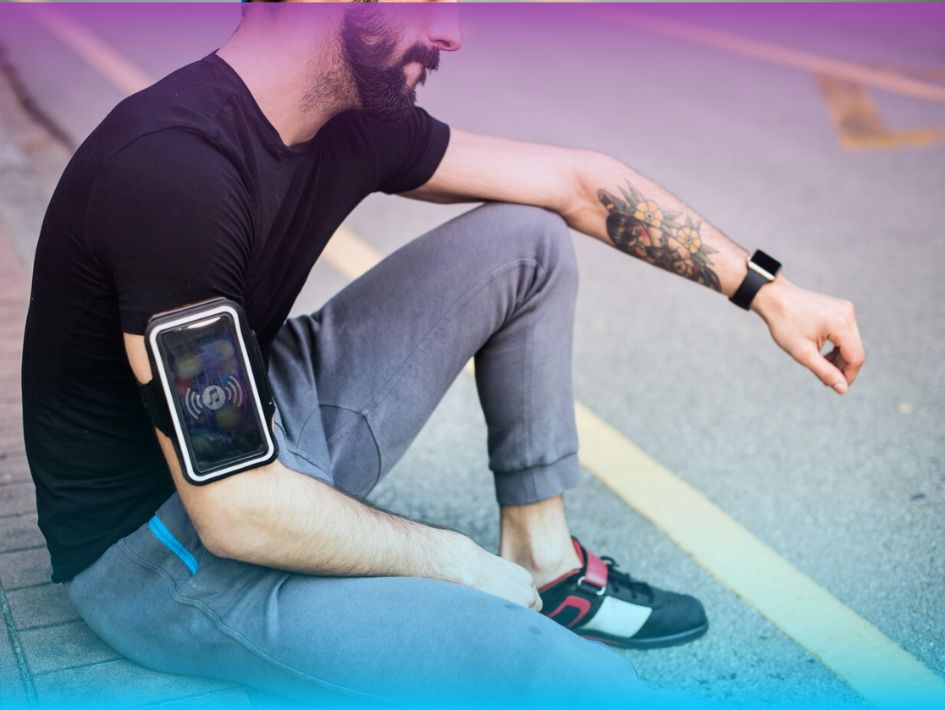Music has always been about the expression of ideas and creativity. But what if playing music wasn’t limited to traditional instruments? Imagine dancing, running, or even waving your hands and creating beautiful
melodies.
What if your every movement could make tunes? Thanks to wearable instruments, this dream is now a reality! These incredible devices combine music and technology. This lets you convert your body movements into stunning sounds.
Whether you're a dancer, athlete, or musician, wearable music apparatus opens up new ways to interact with music. Are wearable instruments the future of music?
Let’s explore!
What Are Wearable Instruments?
These are devices worn on the body that turn physical movements into tunes or melodies. They often use sensors to detect motion, pressure, or gestures, converting this input into
sounds or digital signals.
These innovations allow people to play tunes in entirely new ways—without needing a
piano, guitar, or drum set!
Some wearable apparatus resemble gloves, shoes, or wristbands, while others integrate into clothing. They are perfect for musicians, dancers, and anyone curious about blending art, movement, and technology.
How Do Wearable Instruments Work?
The magic of these lies in their technology. They use a mix of:
- Motion Sensors. Detect hand or body movements, like waving or tapping, and translate them into musical actions.
- Pressure Sensors. React to how much force you use, making sounds louder or softer, allowing for dynamic control over the music.
- Wireless Connectivity. Send data to devices like computers, synthesizers, or mobile apps, converting movements into sound in real time.
For example, a pair of gloves might have sensors on each finger. When you move your hand, the sensors send signals to a computer, which turns your motion into tunes. This process is both simple and amazing, enabling anyone to become a one-person orchestra!
The Creativity They Inspire
Wearable apparatus aren’t just fun—they’re changing how we think about music. Here’s how they inspire creativity:
Freedom of Movement
Traditional instruments can feel limiting, but wearable tech frees your entire body to be part of the tune-making process. You can move, dance, and express yourself without any constraints.
Accessibility for All
You don’t need years of training to use wearables. With simple gestures, anyone can create tunes or melodies, from beginners to professionals. This accessibility opens doors for those who may have been intimidated by traditional ones.
Merging Arts
Wearable instruments are popular with dancers and performers who want to combine music and movement in their acts. They allow for a seamless blend of dance, performance, and sound. This creates an immersive experience for both the performer and the audience.
These devices break down barriers, allowing new forms of musical expression to emerge.
Examples of Wearable Instruments
Let’s take a look at some innovative wearable instruments that are changing the game:
- Mi.Mu Gloves
These smart gloves let you control music with gestures. They’re a favorite among musicians like Imogen Heap, allowing performers to shape sound effortlessly on stage. The gloves track finger movements and gestures, translating them into music.
This provides a dynamic, interactive performance experience. This is a game-changer for live shows, as musicians can manipulate sound in real time, adding a unique layer of expression to their music.
- DrumPants
Ever wanted to turn your pants into a drum set? DrumPants lets you tap your thighs to create beats. It’s portable, easy to use, and super fun! Each tap triggers a different drum sound, making it possible to create full rhythms while standing or walking.
It's a creative tool for musicians and an engaging way to learn rhythm. It’s also especially popular for performances and street performances.
- Wave Ring
This ring allows you to control sounds and effects by moving your hand. It’s small yet powerful, ideal for DJs and electronic musicians. The ring uses motion sensors to capture hand gestures and convert them into digital signals.
This makes it possible to create complex sound effects with just a wave of your hand. DJs and electronic artists love this device for its portability and ability to control sound effects during live shows.
- SoundShirt
It is designed for deaf individuals. The SoundShirt translates tunes into vibrations felt through the fabric. It’s an incredible example of how wearable devices can make music accessible to everyone.
By converting musical frequencies into physical sensations, the SoundShirt allows wearers to "feel" the tunes. This makes it an immersive experience for those who are unable to hear it.
This technology has the potential to change how we think about accessibility in the music world.
These wearables are expanding the possibilities of tune-making and performance. Making it possible for anyone to create and experience music in new, innovative ways.
It's Benefits
Innovative Performance Experiences
Performers can bring their shows to life with wearable instruments. Imagine a dancer creating live music while moving across the stage.
Accessible Learning
Wearable instruments are easy to use. This makes them great tools for teaching music in schools or for beginners exploring their creative sides.
Portable Music Creation
Unlike bulky instruments, wearable tech is lightweight and portable. This makes it perfect for creating tunes anywhere, anytime.
Inclusivity
For people with disabilities or those unable to use traditional instruments, wearable tech offers a way to enjoy and create tunes and melodies.
Challenges and Limitations
While wearable instruments are exciting, they’re not without challenges:
Cost
Advanced wearable instruments can be expensive. This limits their availability to professional musicians or enthusiasts with higher budgets.
Learning Curve
While some devices are beginner-friendly, others need practice to master specific gestures and techniques.
Reliability
Like all technology, wearable instruments can experience glitches or connectivity issues, potentially disrupting live performances or creative sessions.
Durability
As wearable instruments involve electronics, they must withstand frequent movement and possible wear and tear.
Despite these challenges, ongoing innovation tactics are addressing these concerns. Companies are working to make wearable instruments more affordable, reliable, and easy to use. This ensures broader accessibility.
The Future of Wearable Instruments
As technology improves, wearable instruments are set to become even more popular. Here’s what the future might hold:
Improved Designs
Devices will become smaller, lighter, and more comfortable, integrating seamlessly into daily life. Advanced materials and ergonomic designs will make them more durable and user-friendly.
Broader Uses
Beyond music, wearable instruments may revolutionize gaming. This creates immersive soundscapes tied to player movements. They could aid therapy by combining sound and motion for rehabilitation or enhance virtual reality experiences with dynamic, real-time audio.
Greater Accessibility
With falling costs and simplified interfaces, wearable instruments will become more accessible. This empowers diverse communities to experiment with music and unleash their creativity.
Summary
Wearable instruments are changing the way we experience music. By turning movement into melodies, they open up endless creative possibilities. Whether you’re a musician, dancer, or someone curious about technology, wearable instruments let you unleash your inner artist.
They’re also inclusive, portable, and accessible, making them perfect for people of all ages and skill levels. These innovative devices bridge the gap between traditional music-making and modern technology, providing opportunities for self-expression like never before.
As wearable instruments continue to evolve, they promise to revolutionize performances and bring music into everyday life.
Learn More!
Want to learn more about wearable instruments or try them yourself? Visit
Muzeg to explore a range of innovative devices that combine movement and music. Whether you're a beginner or a pro, Muzeg has something for everyone!
How Wearable Instruments Are Revolutionizing Music Creation
Wearable instruments are more than just a trend—they represent a new way to create, experience, and share music. They show us that music has no limits and that the human body can become an instrument itself.
These devices encourage creativity, accessibility, and innovation, reshaping how we interact with sound. By blending movement, art, and technology, wearable instruments open doors for performers, learners, and music enthusiasts alike.
So, why not embrace this incredible technology and start making music with your movements today? The future of music is wearable, and it’s waiting for you to join in!


